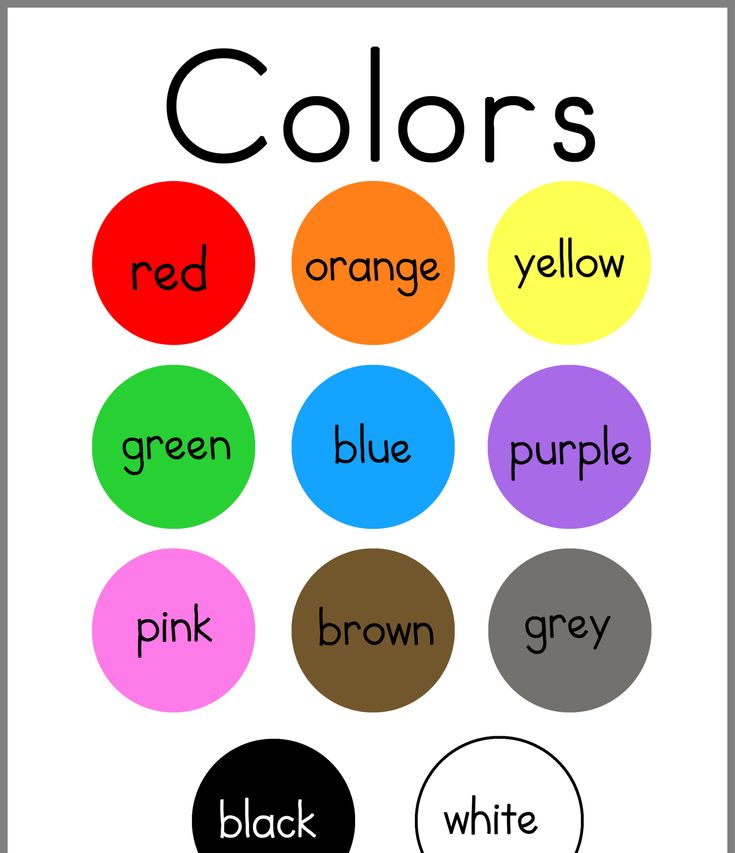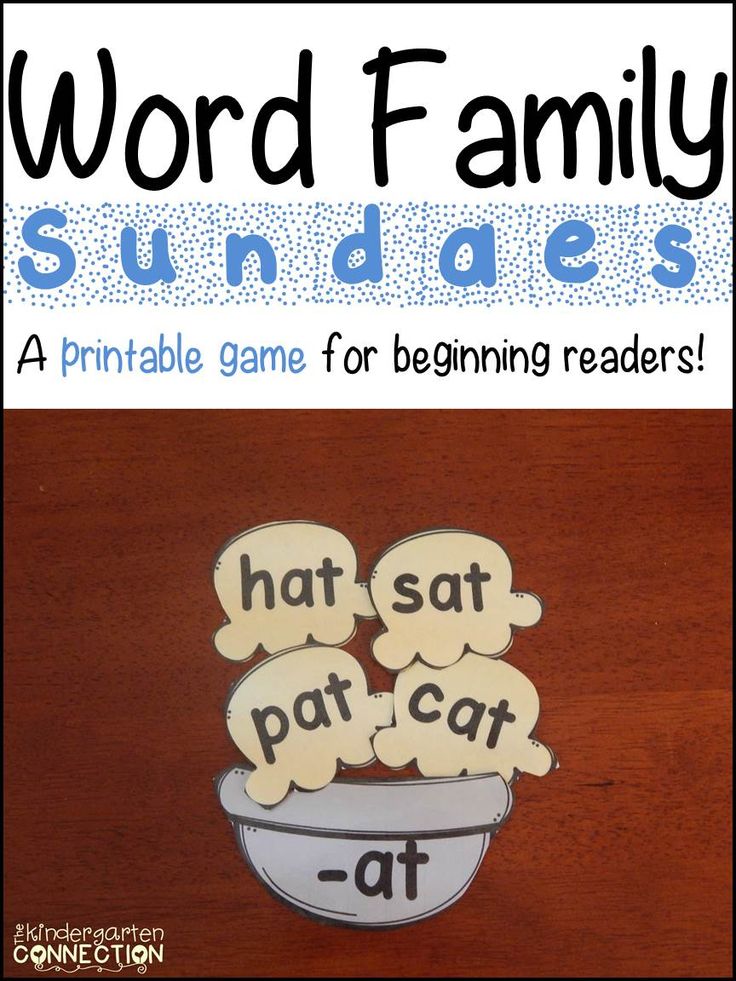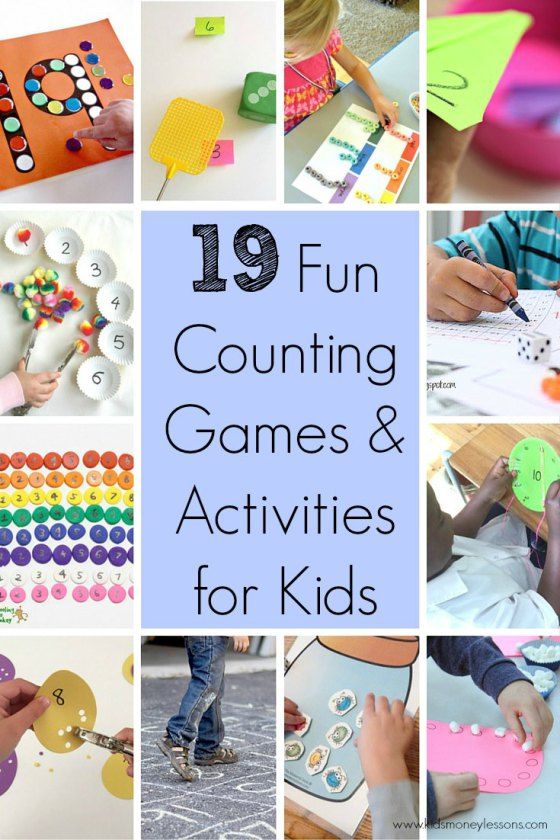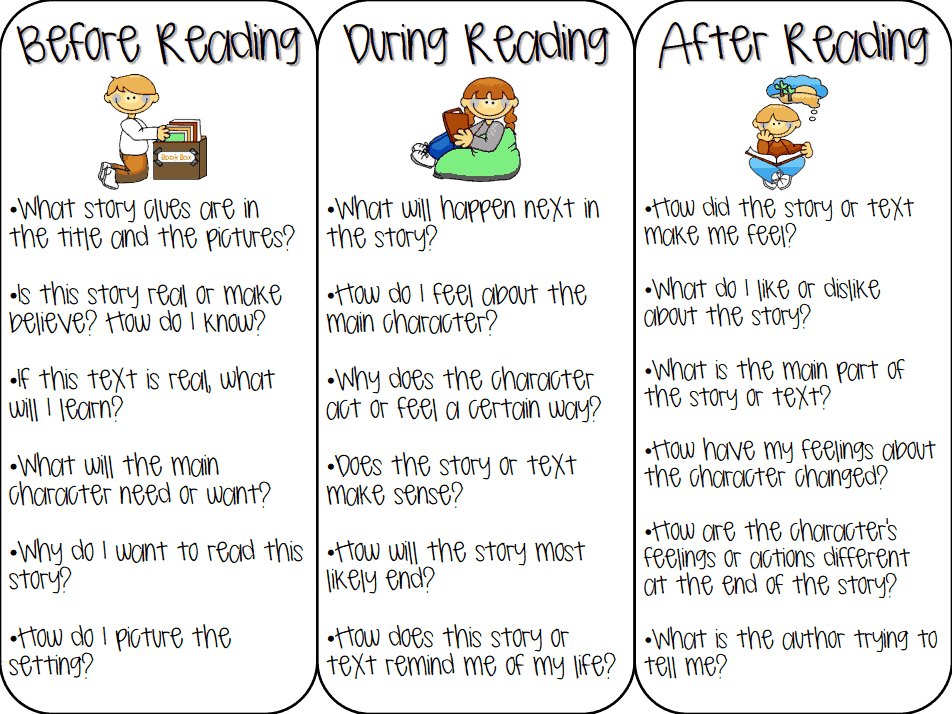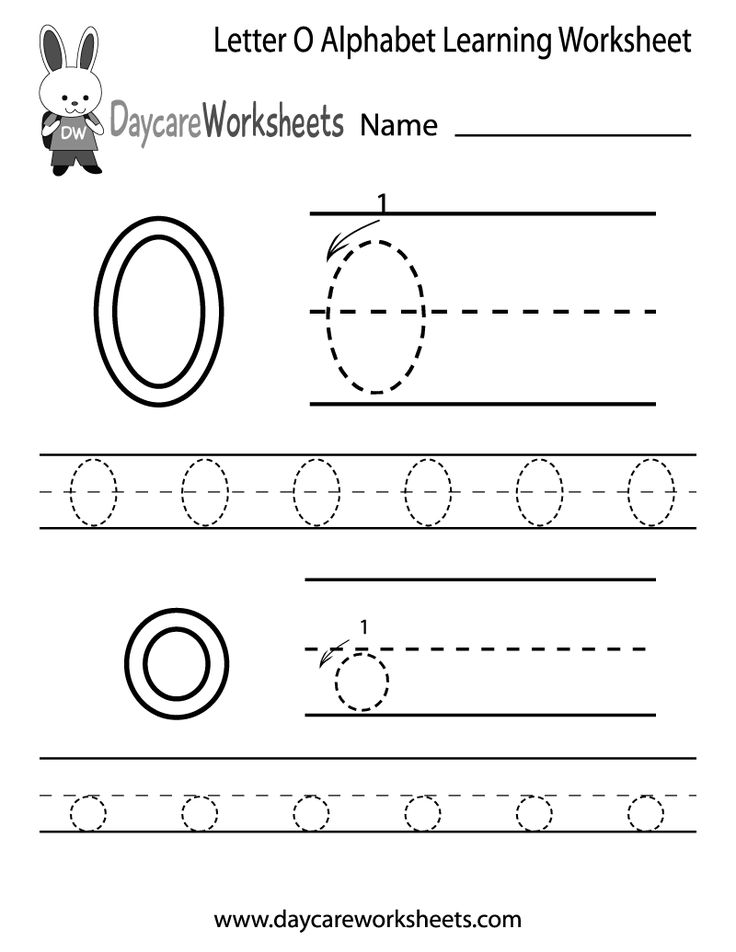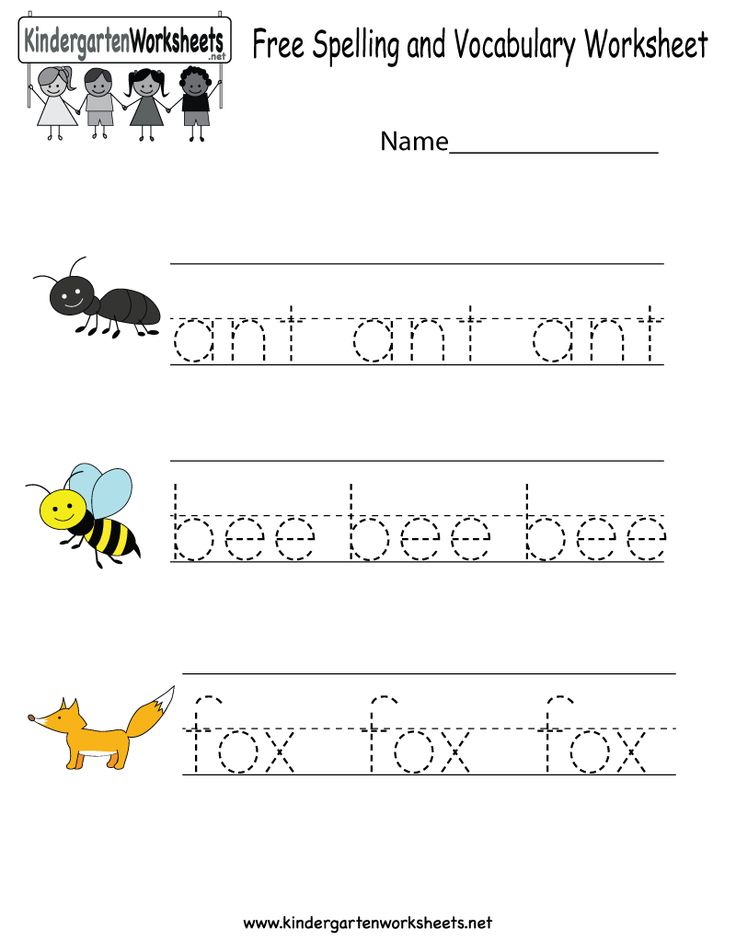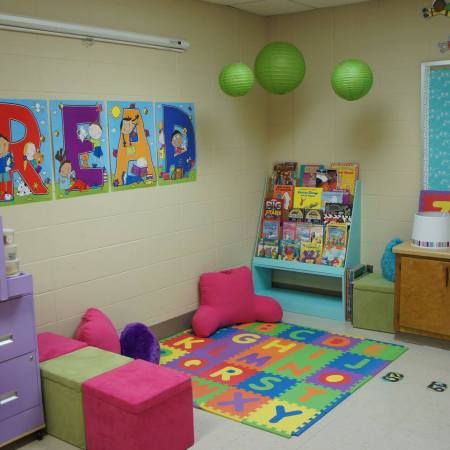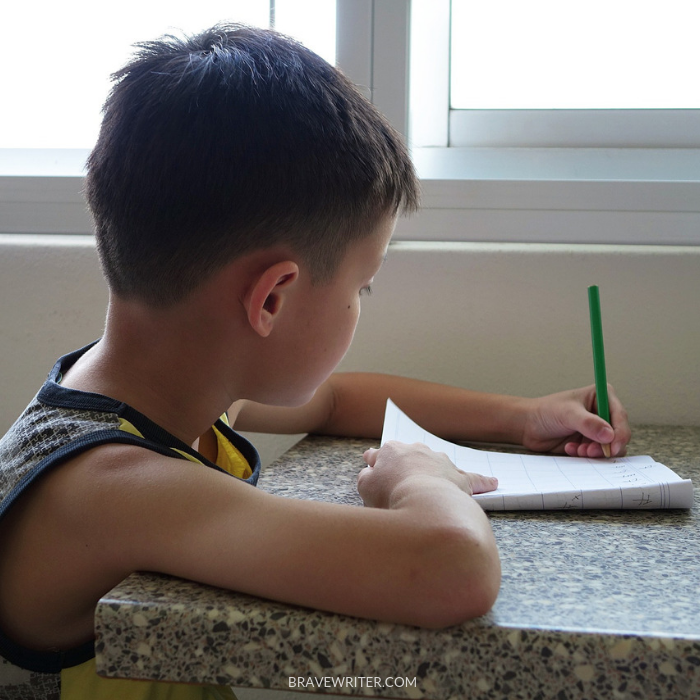Colours and kids
How Do Bright Colors Appeal to Kids?
Updated April 23, 2018
By Rachel Pancare
Children take in the world around them through their eyes, and bright colors are one of the first aspects of sight that help them distinguish form and categorize objects. These colors appeal to young children, as they are easier for them to see. At about 5-months old, children can see colors with their still-developing vision, though distinguishing bright colors comes easier to them. As children age, they continue to be drawn to brighter colors. Color has also been known to affect their moods and behavior.
TL;DR (Too Long; Didn't Read)
Bright colors catch young children's eyes because they help kids to distinguish objects from one another in their field of vision. Children spend more time looking at bright colors as opposed to looking at muted shades or pastels.
Colors That Appeal to Children
••• poisonsama/iStock/Getty Images
Children tend to be attracted to the bright block colors of the color wheel rather than pastels or muted blends. Primary colors red, yellow and blue, and secondary colors green, orange and purple, are more appealing than light shades of pink and beige or neutral shades of gray and brown. For this reason, the food and beverage industries, as well as the toy industry, use bright colors to market children's products.
The Bright Color Appeal
••• Maksud_kr/iStock/Getty Images
Children prefer brighter colors from an early age because their eyes are not fully developed yet. They perceive these colors better than fainter shades. Bright colors and contrasting colors stand out more in their field of vision. As children constantly strive to make sense of their environments, objects that are stark and bright are more stimulating and interesting. One of the first ways they learn to sort things by is color, Colors are some of the earlier words they tend to learn, which is why the easily named, more basic colors appeal to children.
Color and Mood
••• Edgardo Contreras/Photodisc/Getty Images
Doctors understand that color affects emotions, and can have a significant effect on developing children.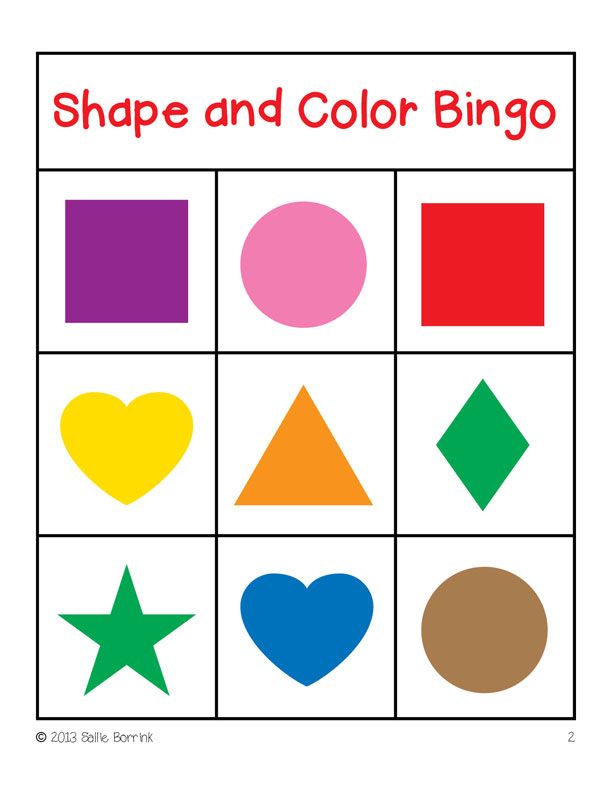 Warmer colors like orange and yellow bring happiness and comfort. Red has been known to increase the heart rate and therefore increase alertness and the appetite, while cooler colors like blue and green tend to have a calming effect. Teachers and parents may consider the ways in which color affects children's moods when they design their classrooms or bedrooms.
Warmer colors like orange and yellow bring happiness and comfort. Red has been known to increase the heart rate and therefore increase alertness and the appetite, while cooler colors like blue and green tend to have a calming effect. Teachers and parents may consider the ways in which color affects children's moods when they design their classrooms or bedrooms.
Color and Associations
••• Comstock Images/Stockbyte/Getty Images
Children learn from a young age to associate colors with particular objects. For instance, they often associate red with apples, orange with oranges, yellow with bananas or the sun, green with grass, blue with sky or water and purple with grapes. Bright colors are also known to have deeper associations. For instance, red is often connected with passion, green with nature and blue with sadness.
Renk Etkisi | The Effect of Color
- Homepage
- The Effects of Colors on Children
The Effects of Colors on Children
Colors affect the bodily functions, mind and emotions with the energy produced by light.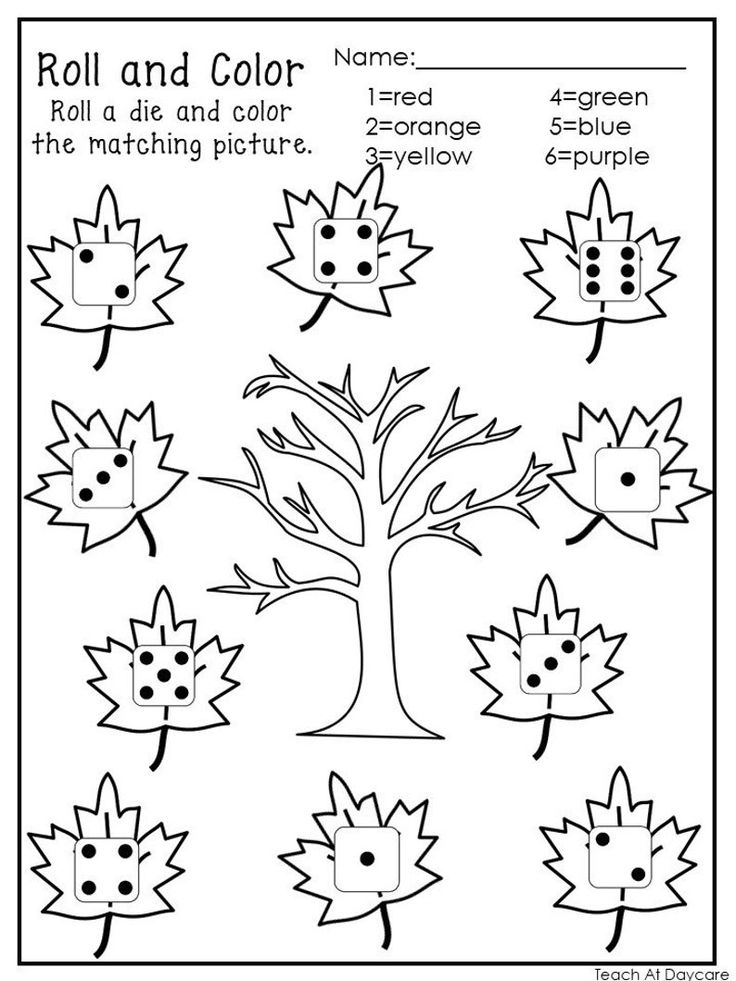 Studies conducted clearly demonstrate the benefits of colors where the development of the brain, creativity, productivity and learning are concerned. The effects of color on human beings can be varied; causing excitement, lending calm, giving inspiration, raising anxiety or tension or giving peace are some of these effects. These effects can be observed more distinctly in children. Children can be more sensitive to colors.
Studies conducted clearly demonstrate the benefits of colors where the development of the brain, creativity, productivity and learning are concerned. The effects of color on human beings can be varied; causing excitement, lending calm, giving inspiration, raising anxiety or tension or giving peace are some of these effects. These effects can be observed more distinctly in children. Children can be more sensitive to colors.
For this reason it is quite important to choose colors appropriate for children. Using an intense red color in the room, of an anxious child, or dressing them in red clothes or giving them a red rucksack could make him/her even more restless and tense. The same holds true for very active children as well.
When the energetic color red is used on or around a very active child, the combination could lead to a child who is excessively active all day long. This could also affect their educational success negatively. It would be more appropriate to use blue, green and purple in the belongings of energetic and restless children.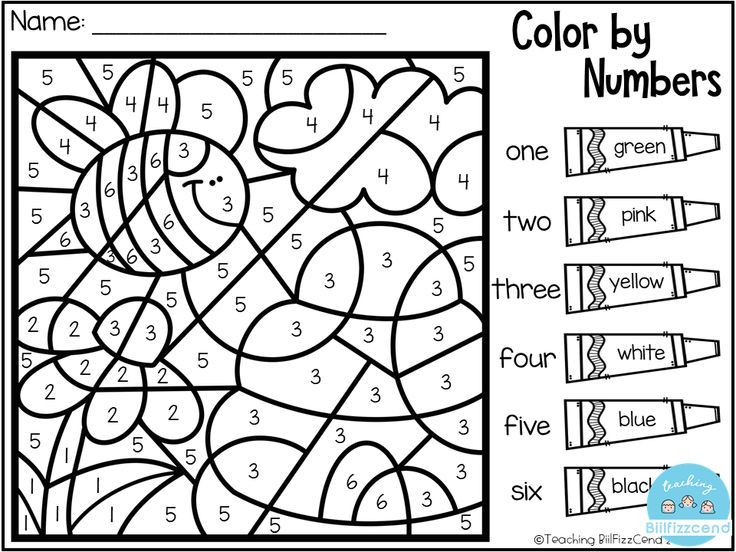
It is also necessary to be especially sensitive in designing children’s rooms. Naturally each and every room in our homes is important, however, a child’s room must be attractive and entertaining, with elements that will contribute to his education and the development of his brain. In choosing the wall color for their rooms, we must endeavor to protect children’s sight, provide them with a proper study environment, protect their physical and mental health and create an environment conducive to a comfortable sleep.
Bedrooms can be of ordinary importance for parents. However, for a child, it is a place he/she sleeps in, plays by himself and spends time with his/her friends. The younger the age of a child the simpler his/her room must be. The rooms of a baby and a 4 year old child must not be the same if possible.
How Colors
Affect Children?
In addition to affecting our mood, emotions and actions, color also affects the ambiance of a space as well as how big or small, coldly or warmly it is perceived.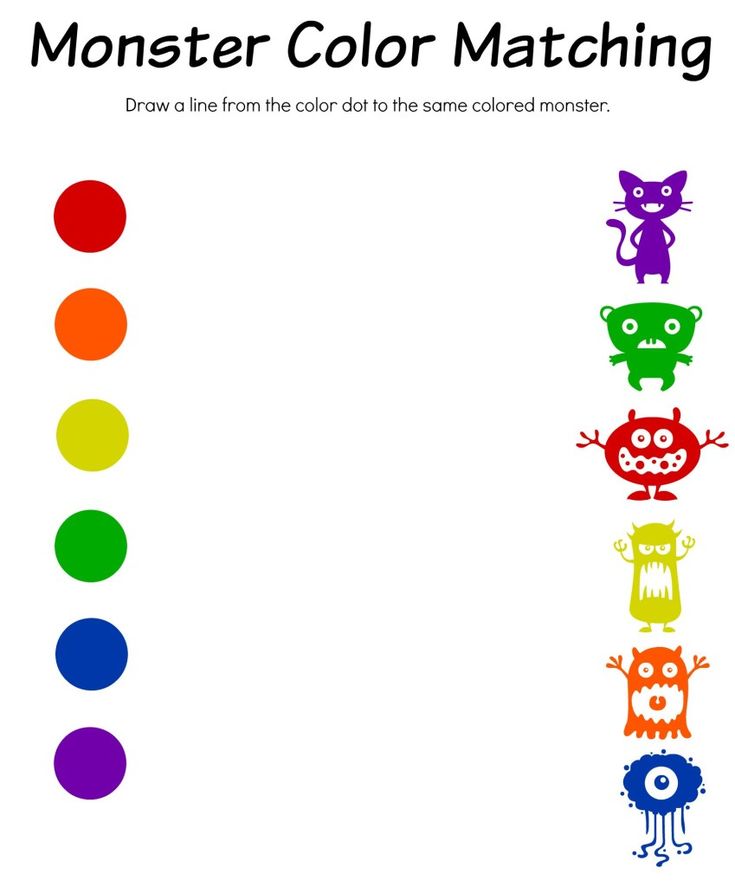 Colors are the most commonly used tool by children to express their emotions and thoughts. Although the preferences of children show a general commonality based on age group, their color choices can differ based on their moods, the way they express themselves and their feelings.
Colors are the most commonly used tool by children to express their emotions and thoughts. Although the preferences of children show a general commonality based on age group, their color choices can differ based on their moods, the way they express themselves and their feelings.
Children need to be educated in areas that bolster their creativity and imagination. Due to the fact that classrooms are the most important means of serving this purpose they rank foremost among the factors that require our attention the most.
The links in the brain are not completed in a child until 5 to 6 years of age and they take 1 more year to mature. Due to not being able to read and write at this age they rely more on visual material to establish communication. Thus color is an important tool of expression for them.
Sight starts developing after the 6th month in babies and development continues until the age of 10. Sight is one of the most important senses that connects us to the world.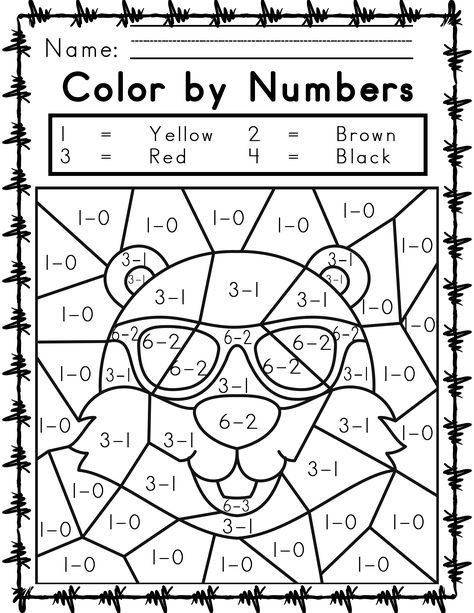 Light and color have a mesmerizing effect on us. On average, the human eye can perceive 150 different colors in visible light. This means a person with normal sight can differentiate between millions of different colors. Color is one of the most important characteristics that can help us assess, estimate and define an object. Each and every person has certain reactions stored in their perceptions and as such the perception of each color addresses the related emotion.
Light and color have a mesmerizing effect on us. On average, the human eye can perceive 150 different colors in visible light. This means a person with normal sight can differentiate between millions of different colors. Color is one of the most important characteristics that can help us assess, estimate and define an object. Each and every person has certain reactions stored in their perceptions and as such the perception of each color addresses the related emotion.
As with all human beings children are also “psychological and physiological” intellectual beings. Children use their senses to facilitate communication with their environment. They use their sense of sight together with light and colors as well as other visual environmental factors, to communicate. According to research studies, color carries critical importance in the development of the cognitive and motor skills of the children.
Winston Churchill once said “We shape our buildings, thereafter they shape us”.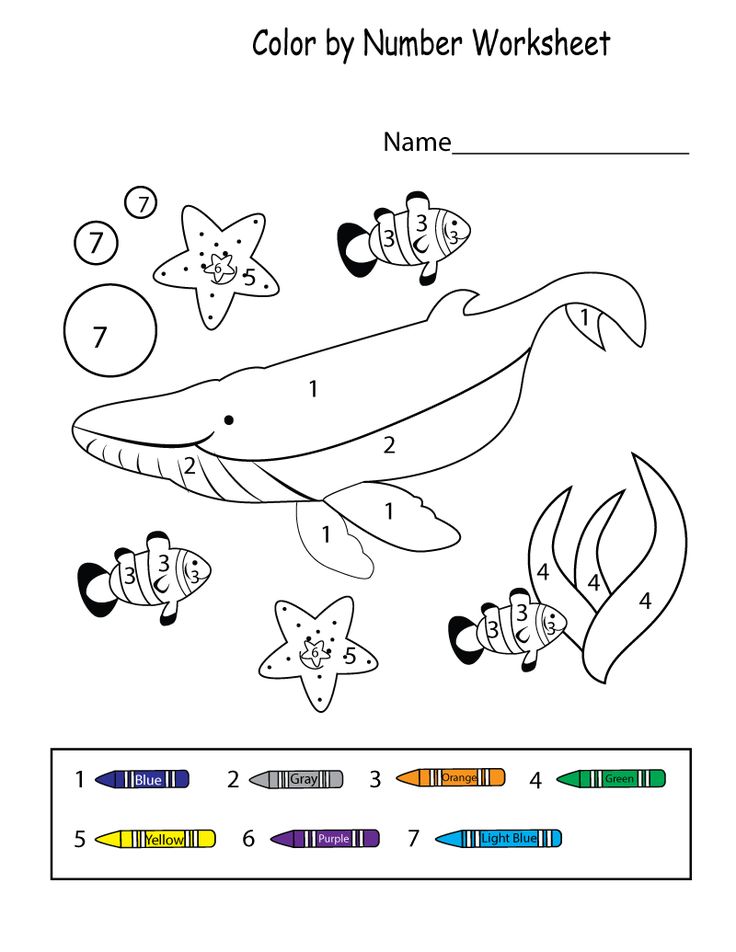 (Grangaard, 1993) Environmental factors play an essential role in the nutrition, growth, development and education of children. Each and every characteristic of their physical environment contributes to their education and development. Although residential location, design, order, plan, colors as well as the areas of play may contribute to a child’s learning, these same factors may also hinder the revelation of their potential.
(Grangaard, 1993) Environmental factors play an essential role in the nutrition, growth, development and education of children. Each and every characteristic of their physical environment contributes to their education and development. Although residential location, design, order, plan, colors as well as the areas of play may contribute to a child’s learning, these same factors may also hinder the revelation of their potential.
Color is one of the strongest and most important components of interior design. Color could affect the psychological reactions as well as the physiologic health of children. Especially in children in the 6-7 age group, who have already started school but are not yet able to employ their reading and writing skills fully in communicating, color proves to be a very significant source of outside information. Studies conducted in recent years have revealed to us that color is not used solely to create nice and elegant environments.
Color is an important component of designing the educational spaces of children.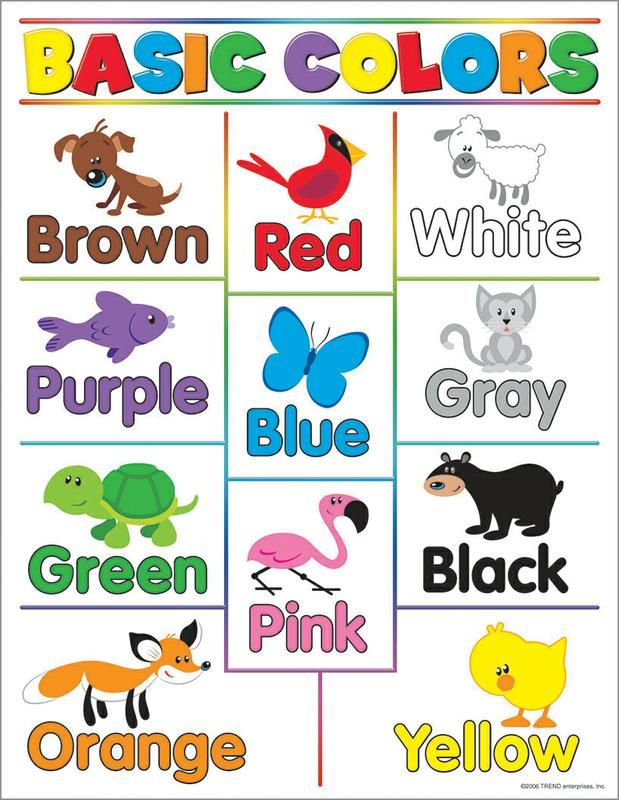 Children display their full potential and learn in spaces where they are provided the means and opportunity to learn. Research studies demonstrate the important role played by environmental factors in developing levels of success and productivity, reducing the error rate and inducing positive behavior.
Children display their full potential and learn in spaces where they are provided the means and opportunity to learn. Research studies demonstrate the important role played by environmental factors in developing levels of success and productivity, reducing the error rate and inducing positive behavior.
How Do Colors Affect Children’s Brains as well as the Children Themselves?
Depending on the situation they are used in, colors can give rise to positive or negative effects. Each color used by itself in a room with the expectation of creating a positive effect, carries the possibility of causing a negative reaction instead. Being subject to excessive stimuli can cause changes in breathing pattern, pulse, blood pressure and muscle tension. On the other hand, too little stimuli can lead to anxiousness, sleeplessness, excessive emotional reaction, loss of concentration and nervousness.
To give an example, a completely white environment leads to lack of stimulus and this, contrary to expectations, does not cause a balanced or neutral effect.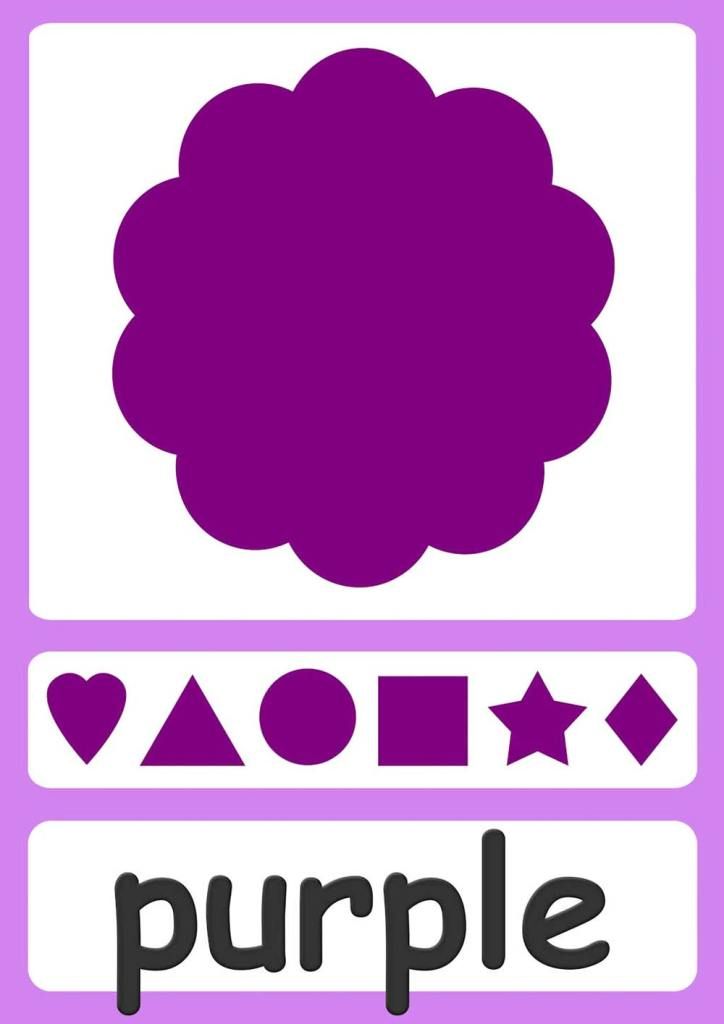
Scientific studies demonstrate that colors affect not only the outer layer of the brain but the entire central nervous system as well. According to EEG and pulse measuring systems, men and women react differently to colors. It has been observed that the pulse of a hyperactive child calms down in a room painted in either blue or pink.
When color is transmitted from the eye to the brain, the brain releases a hormone affecting the emotions, mind clarity and energy levels. The negative and positive psychological effects of colors can be observed in human beings based on the combinations they are used in. While babies feel unsettled in a room of mainly yellow, they can feel peaceful and calm in a room painted in a combination of blue, green and yellow.
Red
Red is the most dominant color among all colors. It is a strong stimulus. In scientific studies, red has been observed to have a more stimulating effect on visual activity and autonomic nervous system functions in comparison to blue.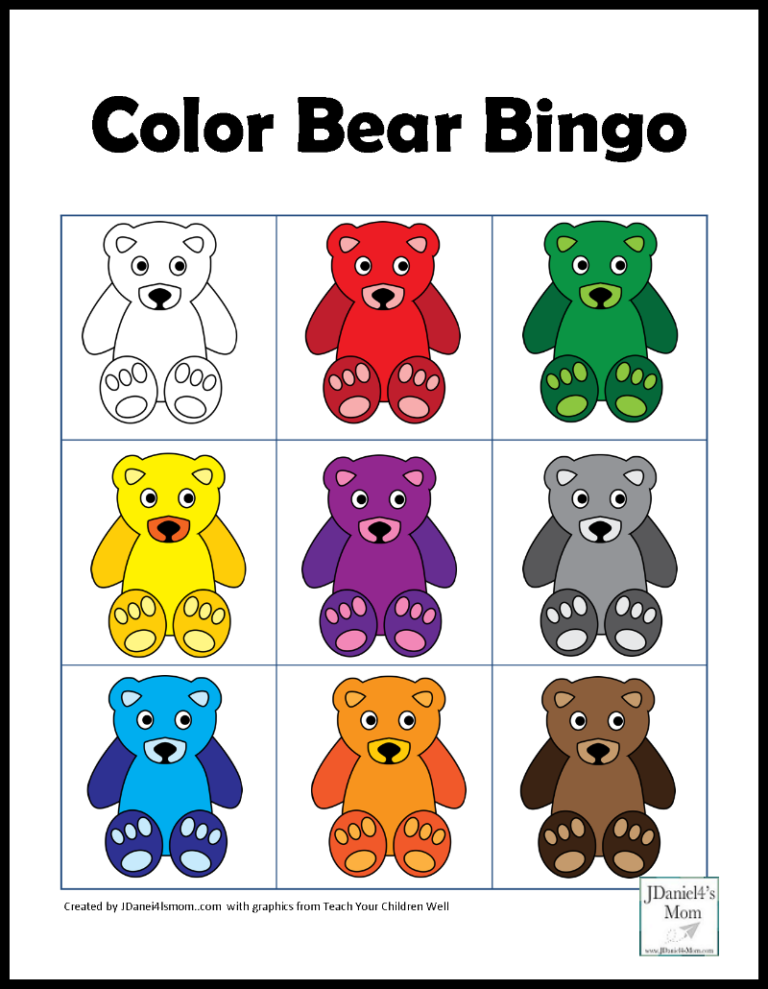
Red attracts all the attention and distorts the effect of other colors. The lens of the eye must adjust to be able to focus on red. The natural focal point is behind the retina. The dynamism of red is reduced as it turns into pink with the addition of white and gains softer and calmer undertones. For this reason, the use of red on the walls of children’s rooms must be avoided. Due to its strong and warm effect red could be used as an accent in children’s rooms fashioned in beige, blue and brown. Using intense red in the room of your child who uses it to study, play with his/her friends and sleep in, could have a negative effect on your child. Children could feel themselves tense and aggressive in rooms painted in intense red.
Yellow
Yellow is the most joyful color on the color scale. It represents wisdom and kindness. It radiates warmth, joy, enthusiasm, fun and inspiration. Its effect is not as severe as red’s. Yellow is relatively a lighter color and as such it has a refreshing effect.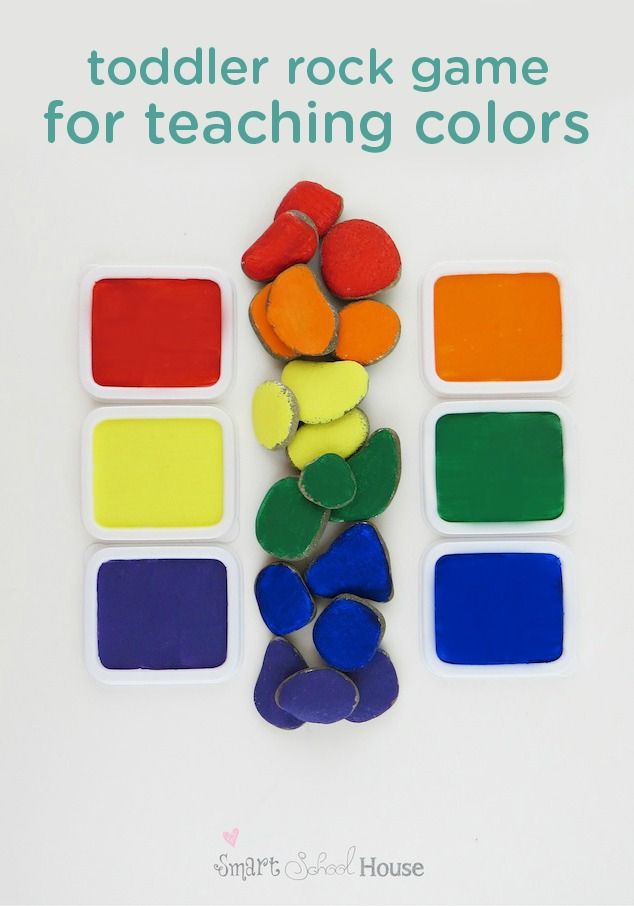
Symbolically yellow represents mental and spiritual enlightenment daylight and communication. Due to the fact that it also affects memory, motivation and attention it is suitable for use in children’s rooms. However, its intense use may cause tenseness and anger. Studies conducted reveal that intense use of yellow could cause babies to cry more.
Calmer and more peaceful environments for children could be created by using yellow in combination with blue and green in babies’ rooms.
Blue
Blue, in all respects is the total opposite of red. While blue is transparent and wet in appearance red is opaque and dry. Psychologically the cold and comforting nature of blue is the polar opposite of the warmth and excitement of red. In contrast to red, blue reduces body temperature, blood pressure and pulse rate. Blue evokes feelings of contentment, spaciousness and comfort due to being the color of the sky and ocean as well. As the shade of blue approaches black with the addition of black it may become depressive and melancholic.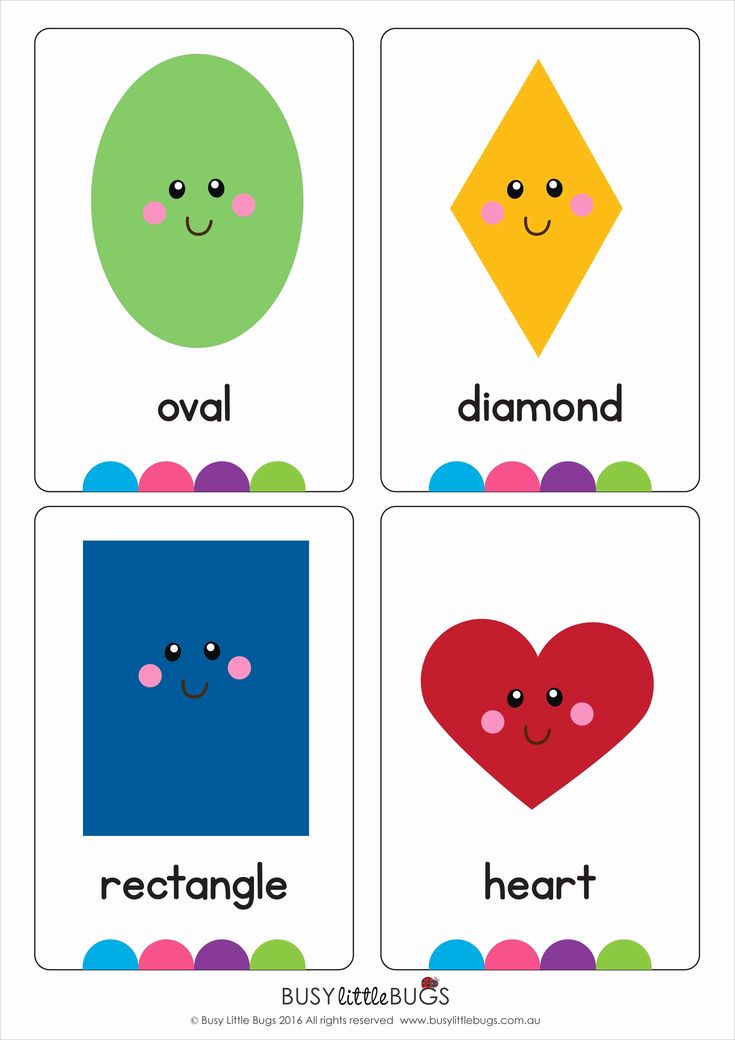 Blue is a color that is widely recommended for use in children’s rooms. Especially in nurseries, the use of blue helps the baby’s easy and peaceful transition into sleep. It can also be comfortably used with active and vibrant children due to its calming effect. As is the case with all other colors, you can accessorize your room in red and yellow when you choose to paint your walls in blue.
Blue is a color that is widely recommended for use in children’s rooms. Especially in nurseries, the use of blue helps the baby’s easy and peaceful transition into sleep. It can also be comfortably used with active and vibrant children due to its calming effect. As is the case with all other colors, you can accessorize your room in red and yellow when you choose to paint your walls in blue.
Green
Green, psychologically represents health, and it has a calming effect on the nervous system. Green is reminiscent of peace, calm and quiet. Due to the fact that the lens of the eye focuses on green on the retina, green is the most relaxing color.
The yellow in green lends an elegant character to this color while the blue renders it warm. Light green reduces pressure. Symbolically green represents the power of nature and life and as such it is considered to be the most natural, relaxing, calming and balanced color. Red signals “stop” there is danger, while green signals “safe crossing” and thus reduces the tension in the body. Green can be used with ease in nurseries, and in children’s and teenagers’ rooms. The use of color green in nurseries will ensure a peaceful and comfortable transition into sleep for the baby. When green is used with more undertones of yellow, it clarifies the mind, and therefore can be used in teenagers’ rooms to foster success in school. The serenity of blue and the mental clarity achieved with yellow will have a good impact on them.
Green can be used with ease in nurseries, and in children’s and teenagers’ rooms. The use of color green in nurseries will ensure a peaceful and comfortable transition into sleep for the baby. When green is used with more undertones of yellow, it clarifies the mind, and therefore can be used in teenagers’ rooms to foster success in school. The serenity of blue and the mental clarity achieved with yellow will have a good impact on them.
Orange
Orange is softer and simpler in comparison to red. It represents happiness, sociability, an extrovert nature as well as joy with the excitement of red and the energy of yellow. It is ideal in overcoming tiredness. It radiates warmth, increases appetite and helps you wake up early in the mornings. Its energy can be lower when saturation is low. It is ideal for use in the rooms of introverted children with problems in socializing. Orange physically represents self confidence, independence and to a certain extent competition. If there is a separate recreation room in your house and your child spends time there with his/her friends you can easily use shades of orange in this room.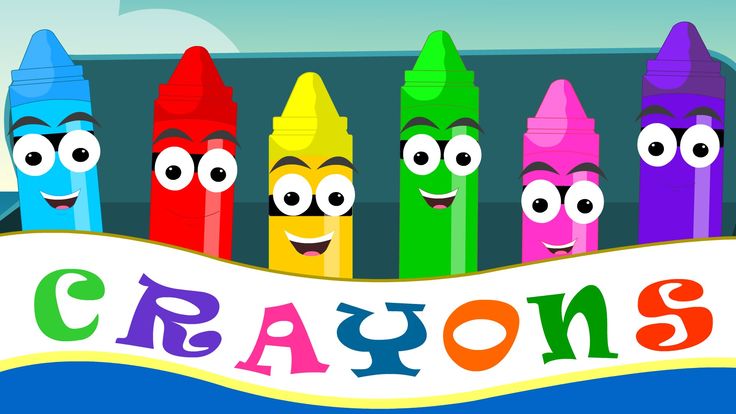
Purple
Purple is a mixture of red and blue that are physically and psychologically opposites of each other. Its different shades are reminiscent of fragility, elegance and wealth; however, sometimes some shades could prove to be disturbing.
Purple stimulates the part of the brain related to creativity. At the same time it has a calming effect. Violet is a lighter shade of purple and is included in the spectrum. Purple on the other hand is a complex color and in terms of color type there are big differences between them. Girls like pink and purple very much. Purple is a color appropriate for children. Purple can be easily used in the rooms of preschool children that are usually involved in creative activities as well as teenage girls’ rooms for purposes of contributing to their academic skills. Due to the fact that it also contributes to physical and spiritual serenity, purple and its different shades can be used in the rooms of hyperactive and highly animated children.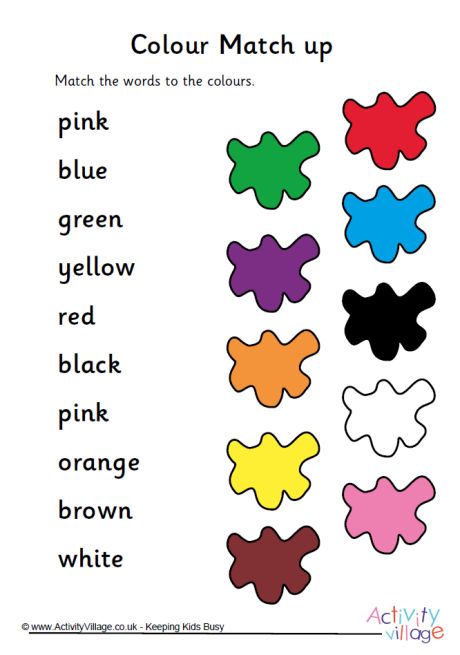
Pink
Pink, which is a mixture of red and white, physically affects us in a positive way. It is relaxing and warm. It is the only lighter shade of red with it’s own name. Other lighter colors are just light green or light blue. Pink is also psychologically a strong color. It represents the continuity of living beings as well as femininity. It has a deeply soothing effect. Too much pink could be tiring and oppressive. It is not suitable to use too much pink in the rooms of shy and introverted children as this is not an energetic color. It can lead to further withdrawal of this type of children. Pink with lesser undertones of red can be easily used in the rooms of active and energetic children. It evokes feelings of warmth and peace.
Brown
Brown consists of red, yellow and black. It is almost as serious as black; however, it could be said to be softer and warmer. It has this qualities thanks to the red and yellow in its content. It is a color associated with nature and the universe.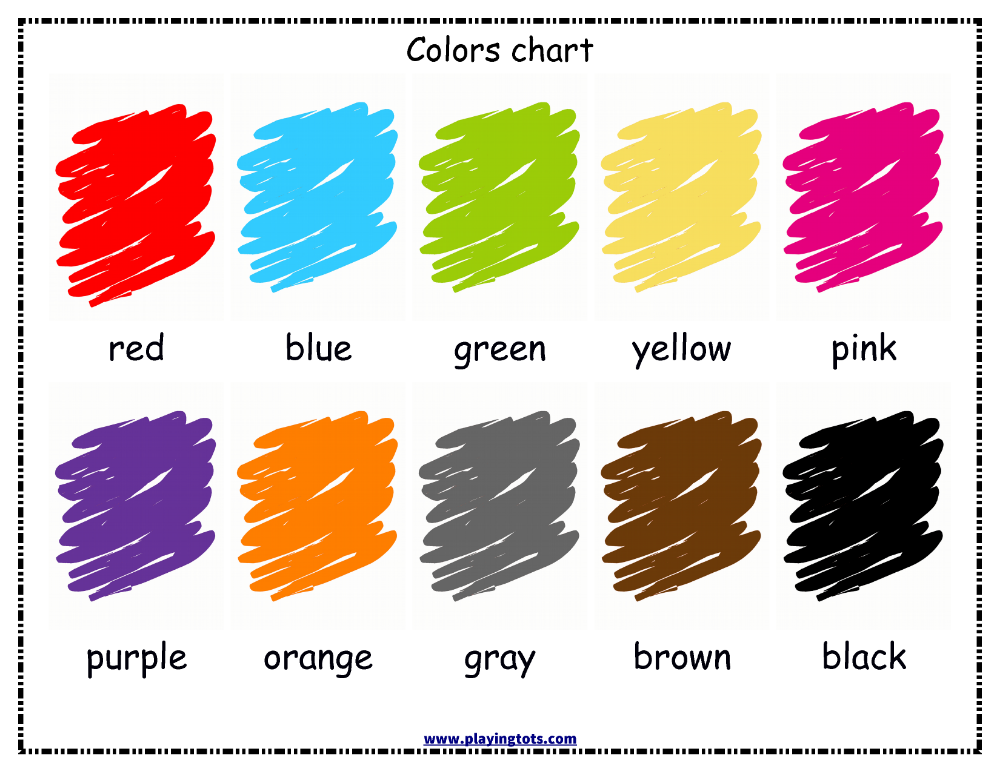 It is intense, reliable, warm and positive.
It is intense, reliable, warm and positive.
In contrast to black, it is considered reliable and supportive by many people. It can be specifically used in teenagers’ rooms. Due to the fact that it is a down-to-earth color influenced by the energy of red and yellow and the seriousness of black, it could prove helpful in developing feelings of responsibility and protection in teenagers. It is a color associated with will and possession. Brown as a color has positive influence on the family and friendships of teenagers. At the same time it gives peace and serenity. It calms teenagers high spirits and helps them to remain down to earth in the academic field. To achieve success in education simultaneously with relaxation you can choose to color a part of your teenager’s room in a shade that is yellow intense. Moreover, silky beige and straw colors can be used together in nurseries. This color gives rise to feelings of confidence and is relaxing.
The influence of color on the psyche of children, the psychology of color in a child
Surely you have noticed that if a child likes a certain color, he chooses it in everything. Clothes, toys, accessories, and even balloons or ice cream should be in your favorite color. And nothing can be done - such a period.
Clothes, toys, accessories, and even balloons or ice cream should be in your favorite color. And nothing can be done - such a period.
In fact, children are instinctively drawn to those colors that are most pleasing and useful to them at this stage of development. Scientists have proven that colors have the ability to have a powerful effect on the psyche. This is especially true for children, because the visual perception of the child helps him to know the world. Color can bypass the “barrier” from our consciousness and act on an unconscious level. This property is used in alternative medicine - color therapy.
How color affects the child's psyche
The action of color can calm or invigorate, cheer up and relieve tension. In addition, color can enhance brain activity, affect the intelligence and self-esteem of the baby. That is why it is worth taking seriously the choice of colors for a child's room or wardrobe. A well-chosen combination will stimulate the development of the child, create an atmosphere of harmony, and also contribute to the formation of good taste.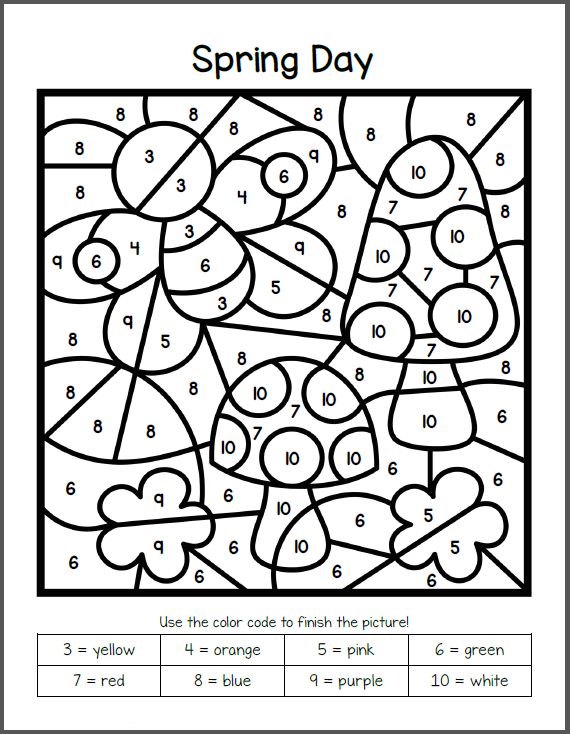
Each color has its own characteristics. What shades are most favorable for children? Let's figure it out.
WHITE
This color is considered neutral. By itself, it is not capable of evoking bright positive or negative emotions, but is a background for other shades. As a rule, children do not choose white as their favorite, but it is always present in clothes. An integral part of the wardrobe is stylish white T-shirts with inscriptions and drawings, classic shirts and blouses.
White is perfect for newborns, symbolizing tenderness and innocence.
As for the child's room, white is preferred for the ceiling and the top of the walls. Dark tones can cause a depressed state or even depression.
BLUE
Until recently, it was considered an exclusively male color. And to this day, passers-by, seeing a baby in blue, confidently say: “What a cute boy!”. Fortunately, modern manufacturers of children's clothing and interior items are moving away from stereotypes, successfully using different colors in collections for boys and girls.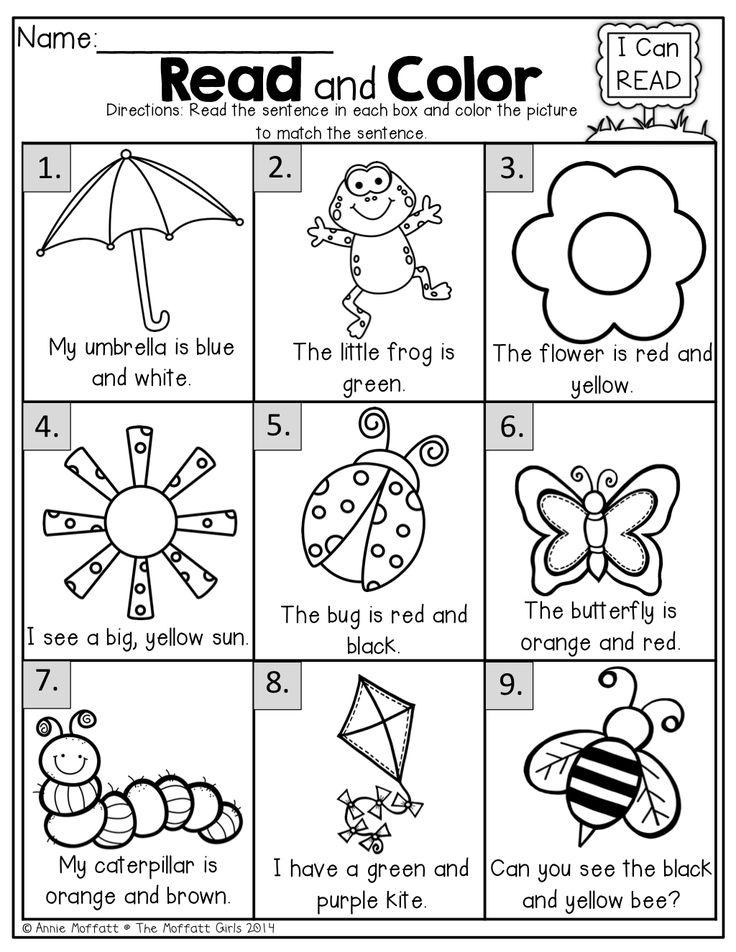
Blue and all shades of blue are associated with the sea, the sky - something boundless, strong and peaceful. Contemplation of the blue color calms, reduces pressure and temperature, dulls pain. In addition, it is good for the eyes and has an awakening effect in the morning due to its "coolness". This color is considered a shade of courage and strength, well suited for decorating children's rooms.
GREEN
The variety of its shades is striking and pleasing to the eye: emerald, light green, olive and khaki. The color of nature and life itself. Associated with growth, development and prosperity.
The psychology of the green color is as follows: it helps to relax, calm down, arouse interest in understanding the world, pacifies nerves and blood pressure. If your child is already calm and balanced, then do not be zealous with green. Perhaps you should consider more "disturbing" shades.
PINK
Of course, we cannot ignore the favorite color of little princesses.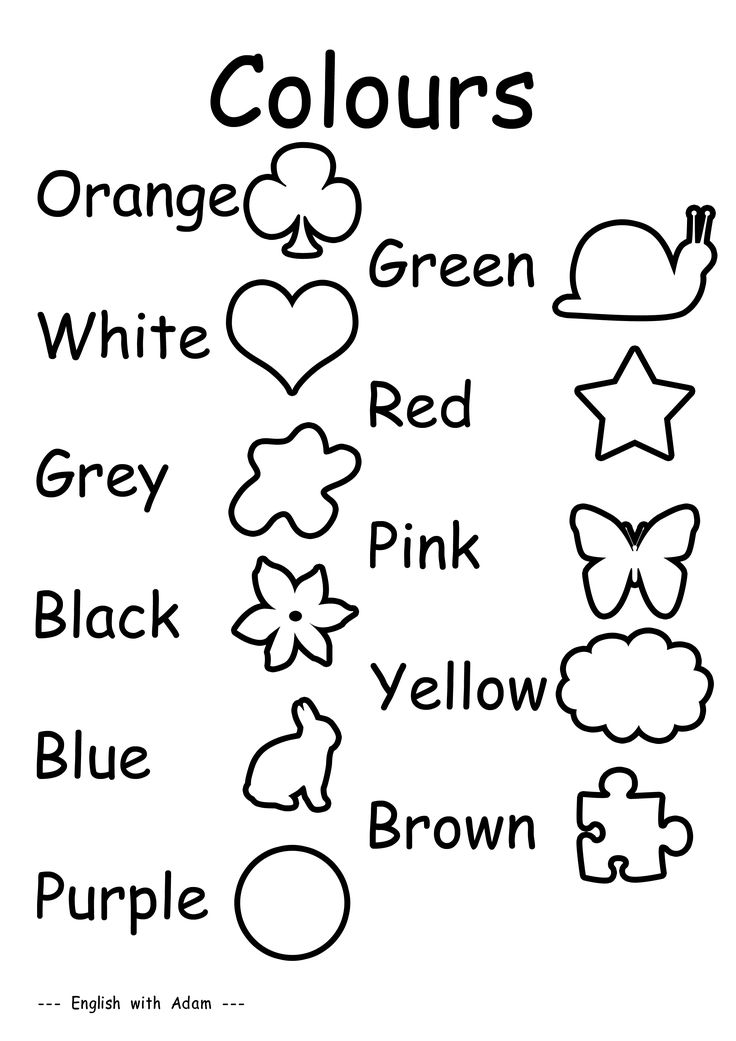 If you have a daughter, you probably remember how, with her birth, pink objects slowly but surely began to fill the house. At first it was the first blanket and ribbon on the envelope for discharge from the hospital. Then bodysuits and sliders, rattles and bottles began to appear. Later - pink dresses, hair clips, bracelets and handbags.
If you have a daughter, you probably remember how, with her birth, pink objects slowly but surely began to fill the house. At first it was the first blanket and ribbon on the envelope for discharge from the hospital. Then bodysuits and sliders, rattles and bottles began to appear. Later - pink dresses, hair clips, bracelets and handbags.
When the baby moved to a separate room, she demanded pink wallpaper, a crib and a chest of drawers. No other options, of course, were considered. A similar period happens in the life of almost every girl. In part, we impose this stereotype ourselves. After all, everyone knows that boys are blue, and girls are pink.
Someone is afraid of pink madness, but excitement is unnecessary here. Firstly, the color itself has a beneficial effect on the emotional state of children. It calms, improves mood, encourages creativity. Secondly, there are many shades of pink: from cold and restrained to bright fuchsia. Dilute pink with neutral gray for a noble combination that is great for a child's room.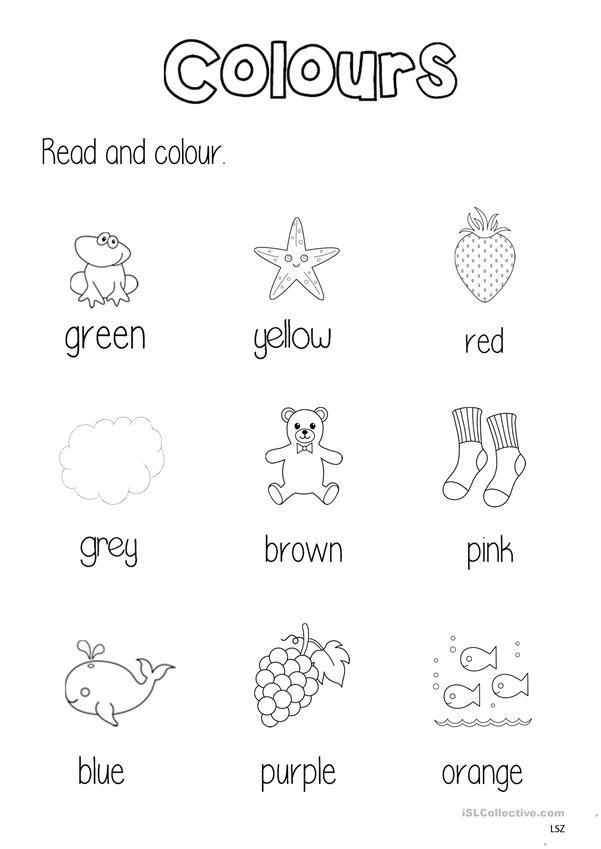 And finally, love for this color, as a rule, passes with age.
And finally, love for this color, as a rule, passes with age.
RED
Perhaps the most exciting color. It burns like a flame or the sun at sunset, attracts attention and arouses interest. Red is able to cheer up even the most calm children. The color of leadership and energy. This color causes activity, mobility, appetite and interest in learning.
It has to be used carefully. Small bright accents in the interior or wardrobe are acceptable and even welcome. But prolonged contemplation of red can lead to excessive excitability, sleep disturbance and aggression.
YELLOW
No less bright than red, but at the same time it has a completely different effect on the human psyche. Yellow is associated with sunlight, fluffy chicken, fragrant lemon and a warm autumn day. It soothes, warms and uplifts the mood. This color is able to defeat depression and blues. It does not have an exciting effect, but gently stimulates.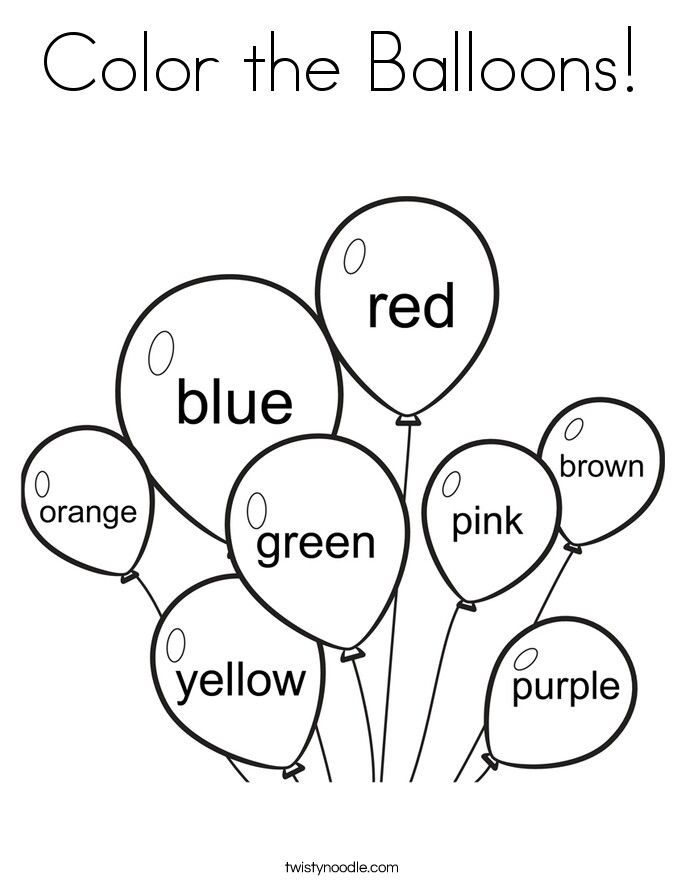
Yellow items are great for children's interiors. This shade improves brain activity, promotes learning and the development of intuition, and also gives joy. Yellow is almost perfect, but overly excitable people should be careful with it.
ORANGE
Another juicy color that gives mood. It has the freshness of orange juice, the brightness of summer flowers and sunshine. Orange is the color of energy, expression, extraversion. He is impulsive and invigorating.
The action of the orange color stimulates the child's communication skills, knowledge of the world, as well as appetite. If the baby is shy and not very active, orange can help. Add brightness to the interior or wardrobe, and the effect will not keep you waiting. In addition, orange ensures the healthy functioning of all body systems, and also strengthens psycho-emotional stability. An indispensable color for children's environment.
PURPLE
Imagination draws lilac and lavender, delicate violets and shades of sunset.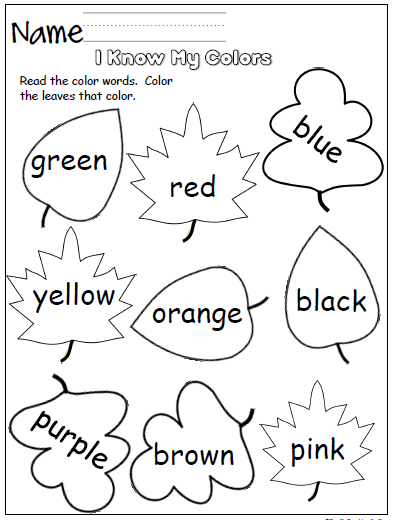 Deep and even intelligent color. It is a symbol of spiritual development and enlightenment.
Deep and even intelligent color. It is a symbol of spiritual development and enlightenment.
The use of purple in the interior of the room has a beneficial effect on the psyche of the child. Gives a feeling of peace, enhances empathy and intuition. The strength of this color is in harmony. Purple is liked by both girls and boys, so feel free to make a choice in its favor.
TURQUOISE
This shade gives us the sea, a bright sky on a sunny day, jewelry with turquoise. Pleasant to the eye, refreshing, invigorating.
This color promotes creativity and self-expression, calms, but at the same time gently stimulates to action. The use of turquoise color is possible both in the wardrobe of boys and girls. Great for a child's room, uplifting and relaxing.
GRAY
At first glance, it may seem bleak and dull. We call gray a rainy day, clouds in the autumn sky or a bad mood. In fact, the effect of gray on a person is very beneficial. It instills confidence, reassures.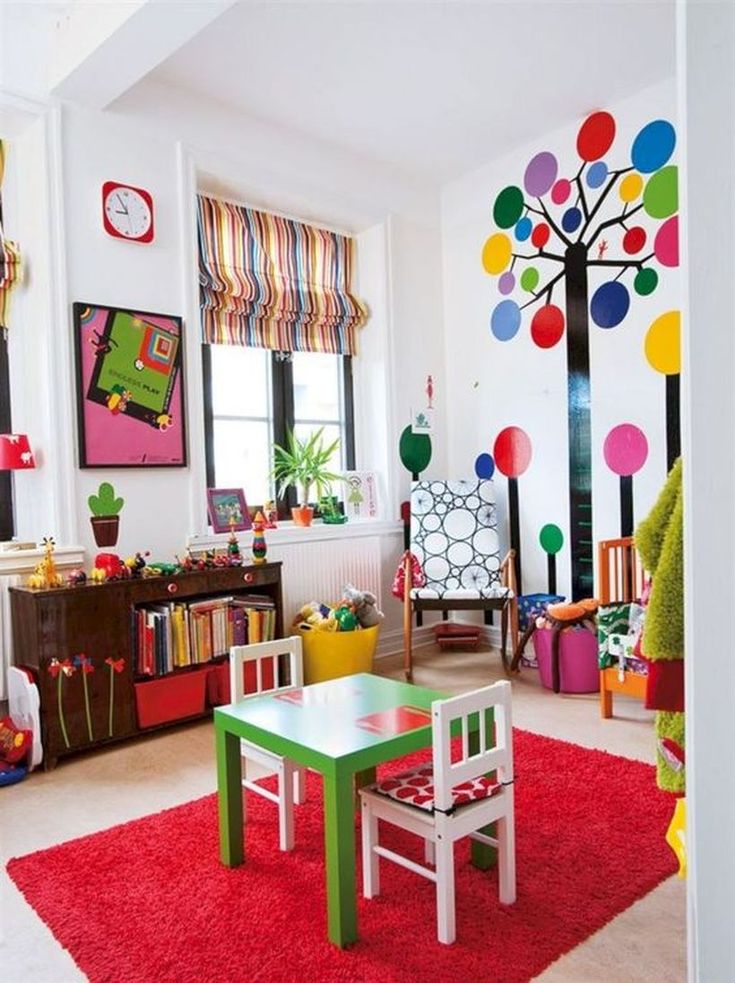 Gray perfectly dilutes brighter colors in the interior or wardrobe.
Gray perfectly dilutes brighter colors in the interior or wardrobe.
Does your daughter like lots of pink? Add discreet gray to it and get a noble combination. This color harmoniously looks with many rich shades, calming them. Do not be afraid of gray, but it is not advisable to overdo it.
HOW TO APPLY KNOWLEDGE ABOUT COLORS
As you can see, having studied the psychology of color, you can carefully influence the psyche and mood of the child. Some shades soothe and relax, others invigorate and give strength. When choosing a color, be guided by the temperament and character of the children, and also take into account their biorhythms and condition at a particular point in time.
For example, in the morning we all lack vigor. Serve your little one breakfast on an orange plate and you'll energize them for the day ahead. But in the evening it is better to listen to fairy tales, wrapped in a soft green blanket.
For walks on a gloomy autumn day, wear boots and a raincoat in rich colors.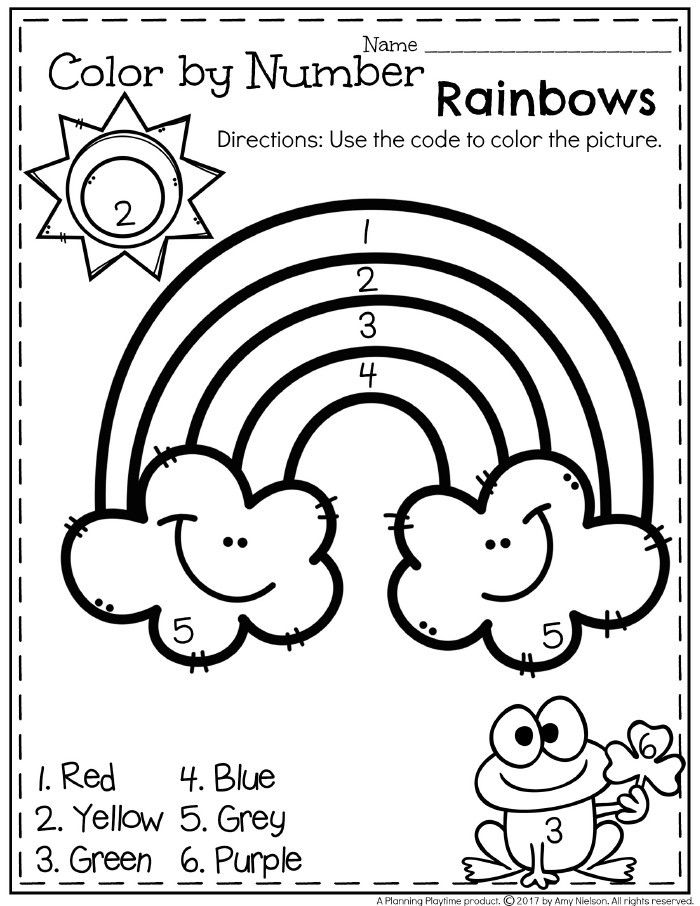 Such clothes will cheer you up. And when choosing pajamas, give preference to calm tones.
Such clothes will cheer you up. And when choosing pajamas, give preference to calm tones.
A room of energetic fidgets is best decorated in neutral colors. Shy and less active will help to liberate bright accents in the interior.
Now you are armed with knowledge, but do not forget to rely not only on theory, but also on the preferences of the baby. After all, the main thing is that the color is pleasant and pleasing to the eye.
Why does my child choose this color?
- Tags:
- Parent lecture hall
- 1-3 years
- 3-7 years
- 7-12 years
Most children love to draw. For them, this is one of the few ways to express their own thoughts. Often, kids still don’t even know how to speak properly, but they already get dirty in paint with pleasure and create their own, understandable only to them, masterpieces. Each children's drawing is endowed with a huge number of symbols. For each drawn detail, a lot can be said about the inner world of the child, his feelings and ideas about the world around him. But the mood and emotions are most clearly visible in the use of colors. The preference for one or another color is a diagnostic parameter and is used in professional psychological diagnostics. One of the most famous color tests is the Luscher test. We will not reveal the subtleties of color psychodiagnostics, but we bring to your attention a fairly simple color analysis of children's drawings of preschoolers and younger schoolchildren.
For each drawn detail, a lot can be said about the inner world of the child, his feelings and ideas about the world around him. But the mood and emotions are most clearly visible in the use of colors. The preference for one or another color is a diagnostic parameter and is used in professional psychological diagnostics. One of the most famous color tests is the Luscher test. We will not reveal the subtleties of color psychodiagnostics, but we bring to your attention a fairly simple color analysis of children's drawings of preschoolers and younger schoolchildren.
Red color
It is chosen by strong, energetic, active children. They tend to be outgoing and impatient, and love to show off. They can have many interests, start many hobbies and deeds, but not bring them to the end. Tends to lead. Assertive and sometimes stubborn, restless and not always accurate.
Yellow
Children who choose yellow are full of inner joy, very frank and selfless.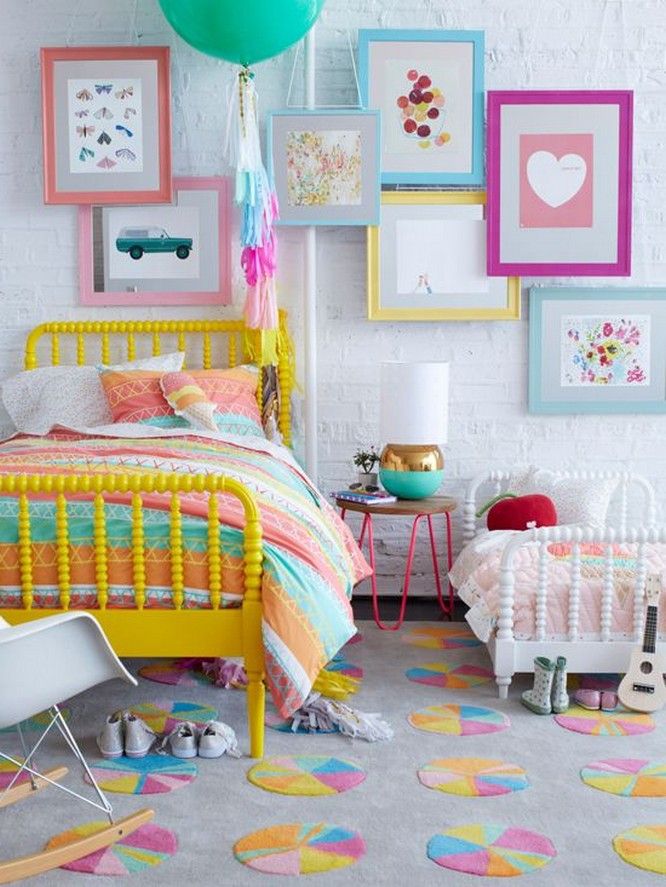 They are loose and easy to play. Do not get bored and alone. Sensitive to words, attitude to them. They need the help of adults, whose task is to teach children to be persistent and achieve real success.
They are loose and easy to play. Do not get bored and alone. Sensitive to words, attitude to them. They need the help of adults, whose task is to teach children to be persistent and achieve real success.
Orange
Children who prefer orange are excitable, impatient, talkative, bold and direct. Sometimes their excitement does not find an outlet. The task of parents in such situations is to help the baby find the point of application of his forces.
Green color
Color speaks of the mind and intelligence of a child who tries to find an explanation for all events and phenomena. Why color. Such children are interested in intellectual, logic games, crosswords, puzzles. They have a tendency to command others. Strive to reach their goal. Children who choose green tend not to be afraid of new surroundings. Sometimes they are touchy. It is important for parents to teach such children to express their emotions, to be open, to show more affection towards them.
Blue
If a child chooses blue, this may be a signal to parents that they need to lower the bar. From the point of view of parapsychology, blue is the color of people who are able to do several things at the same time, getting excellent results. They can't do just one thing for a long time.
Blue color
The color of balanced and slightly phlegmatic children. They can “drive” into the case for a long time, but then they do everything in detail, slowly. They love to lie on the sofa. They value communication, there may be few friends, but they are the most faithful. Sometimes friendships started in childhood continue into adulthood. If the "blue" child comes into conflict, then he will then try to resolve it. And a friend will help to make peace with a friend. They love order, neat.
Violet color
Children who like violet color are characterized by a rich imagination, fantasy, sensibility, suggestibility, self-centeredness and emotional vulnerability. They love comfort, beautiful things, music. The mood can change very easily: from resentment to enthusiasm. The task of parents is to teach the child to manage emotions, develop openness and sociability.
Pink color
The very tenderness, romance, daydreaming, love. Children who prefer pink are prone to inconstancy both in their hobbies and in relationships with other people. Naive in life, naive in their dreams. They do not like to listen to moralizing, so it is better to “inspire” such a kid with something important through the game.
Aqua (blue-green)
A slightly “heavy” color for a child, indicating internal tension, a tendency to resentment, which sometimes have no basis. Serious, inquisitive, persistent, stubborn. It is better not to scold such a child over trifles. It is necessary to teach such a child to relieve unnecessary stress. For him, a good sleep, rest, swimming, walking, everything that brings positive into his life is important.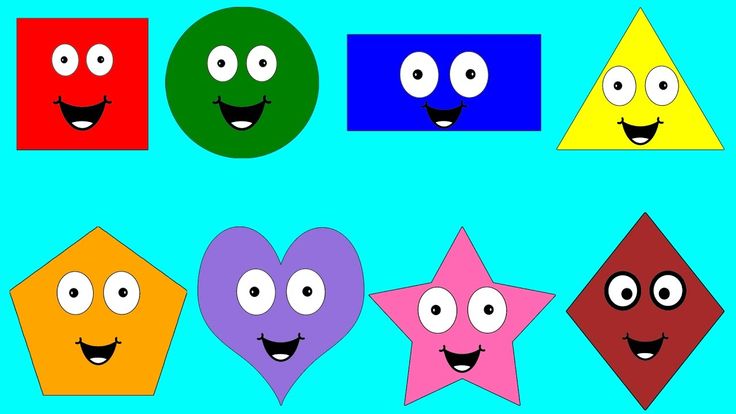
White
Rare choice. There is a white pencil in the box with pencils, but it is unlikely that the child often uses it. The choice of white color indicates the openness of the child, his energy, willingness to cooperate. And white color may appear during the period of any changes. Moreover, it can be such changes as a change of place of residence, school, and such a change as the growing up of a child. That is why this color is often liked by teenagers.
Brown
Brown is often the color of choice for children in crisis situations that may affect them or the family as a whole. It can be both a child’s illness and a “disease” of a family in which the child is uncomfortable. Often this color is chosen by children in a situation of divorce of parents or even the loss of someone close to them. The color of fatigue, signaling the need to relieve stress.
Gray color
The color of isolation, weakness, fatigue.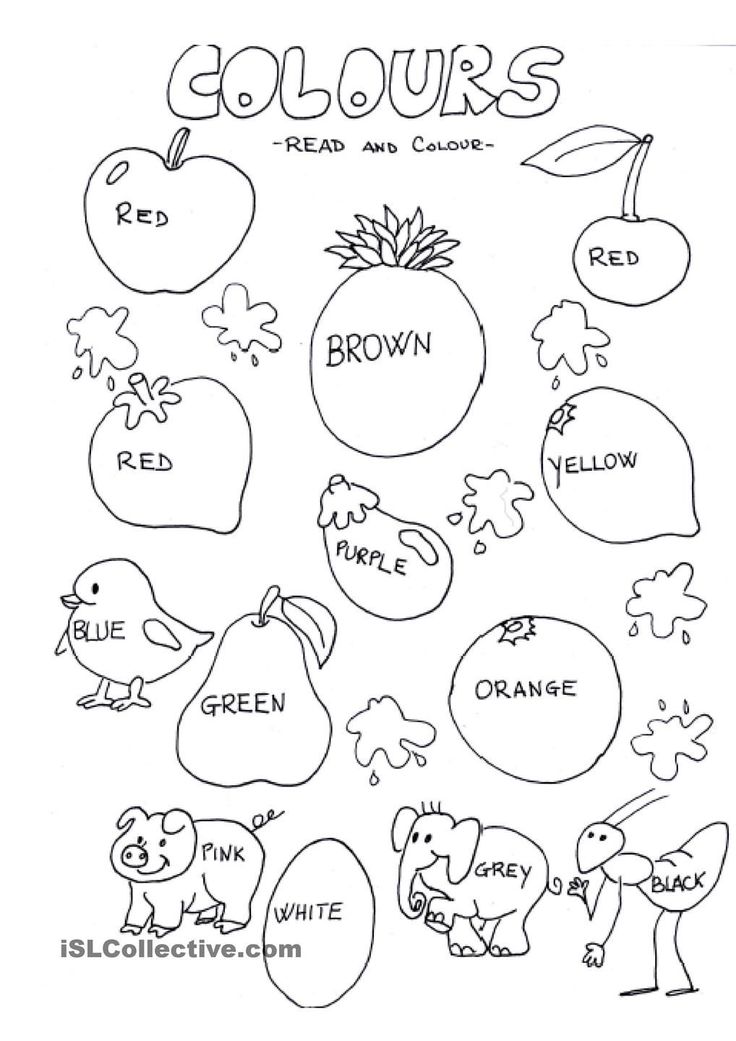 Children who choose gray often feel lonely, anxious and afraid. The task of adults is to “organize” the positive, but in a dosed manner, taking into account the fact that such children are often closed.
Children who choose gray often feel lonely, anxious and afraid. The task of adults is to “organize” the positive, but in a dosed manner, taking into account the fact that such children are often closed.
Black
Selecting black may or may not be an alarm. It is impossible to judge by this criterion alone. Yes, black is anxiety, depression, heaviness... But if everything is in order in your house, you don’t scream and hit the child, he didn’t witness any tragedy, he wasn’t scared, he is sociable and cheerful and doesn’t more whiny than any child - then just watch him and don't make his preference for tragedy out of it.
Of course, one cannot interpret any drawing of a child only from this point of view. To talk about the psychological characteristics of colors, several factors must be taken into account: firstly, the color must be dominant and used most often. Secondly, the child must have a large selection of colors: for example, if, in the presence of a palette of 30 colors, the child draws only in red, then this may indicate aggression, only blue - about anxiety, only black - about depression.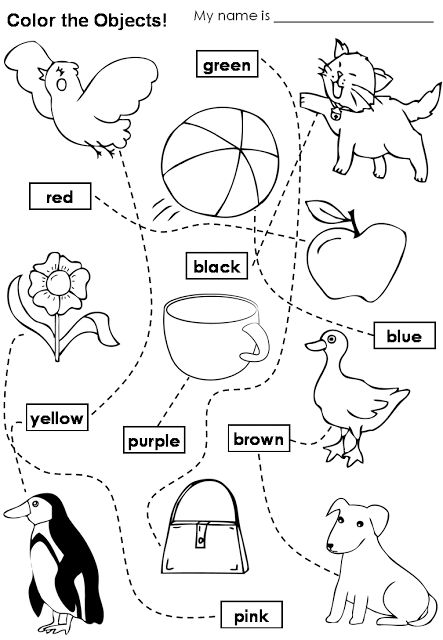 In this case, you can show the child to a specialist psychologist so that he can help sort out the situation.
In this case, you can show the child to a specialist psychologist so that he can help sort out the situation.
The most significant figures in the picture are always highlighted with a large number of bright colors, and the figures frankly not accepted by the child are black or dark brown.
Colors say a lot about a child's inner world, but there are also some pitfalls. For example, children often draw what they see around them. And if you notice that in each drawing the child depicts you using black colors, do not rush to sound the alarm. Think about it: maybe you wear black most of the time? It is also necessary to take into account socio-cultural factors: the drawings of urban children are very different from the drawings of village kids. Color perception also differs depending on the country of residence of the child. Therefore, it is best to interpret not one picture, but a complex. And, preferably, with an explanation of the child - why he painted this way and not otherwise.